Smartwatch history
Now there are several smart watches that deserve interest. But the idea of combining a radio transmitter and a clock first, then a computer and a clock is a very old idea. Therefore, I once again decided to find out where the ears grow.
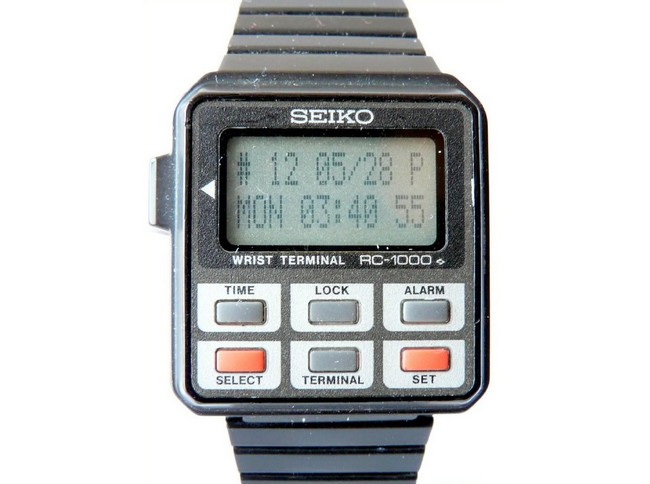




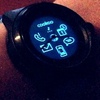
It all started back in 1972, when the first Pulsar electronic watch appeared. Unless, of course, the beginning of this story can be considered the penetration of electronics into watches.
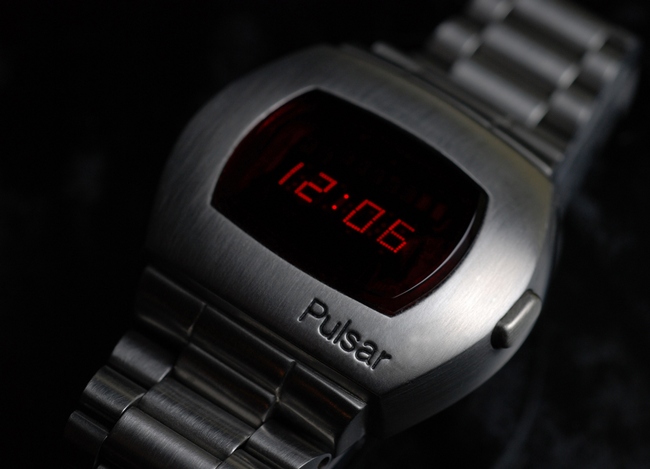
After ten long years, the Japanese (who else!) Produce watches with a docking station. It was possible to drive notes into them.

And this watch from Seiko - the RC-1000 Wrist Terminal - is already much closer to modern "smartphone partners" - it is a terminal for remote access to computers Apple, Commodore, IBM and others . It was 1984.Who knows how they used this watch - write details in the comments.

In 1985, the RC-20 Wrist Computer smartwatch about Epson (Seiko Computer Division) appeared. This is a gadget with a monochrome LCD 42 × 32 pixels, an 8-bit Zilog Z80 microprocessor, 2 KB of RAM and 8 KB of permanent memory. A good result for a device of this size almost thirty years ago.
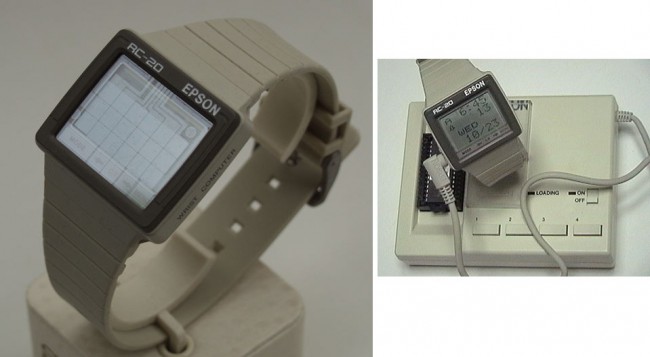
Timex in 1994 launched the first Datalink watch. In the photo - Datalink model 50 (1994), Datalink USB sports edition (2003) and Ironman Triathlon (1997).
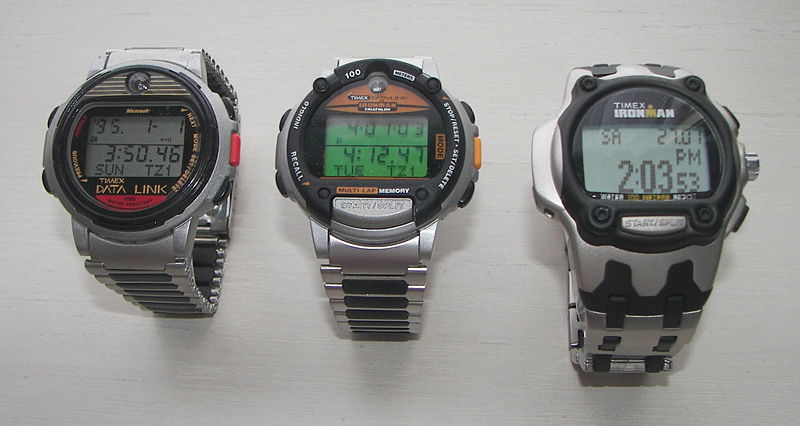
Casio's CMD-40 made it possible to control a TV, video player and stereo system.
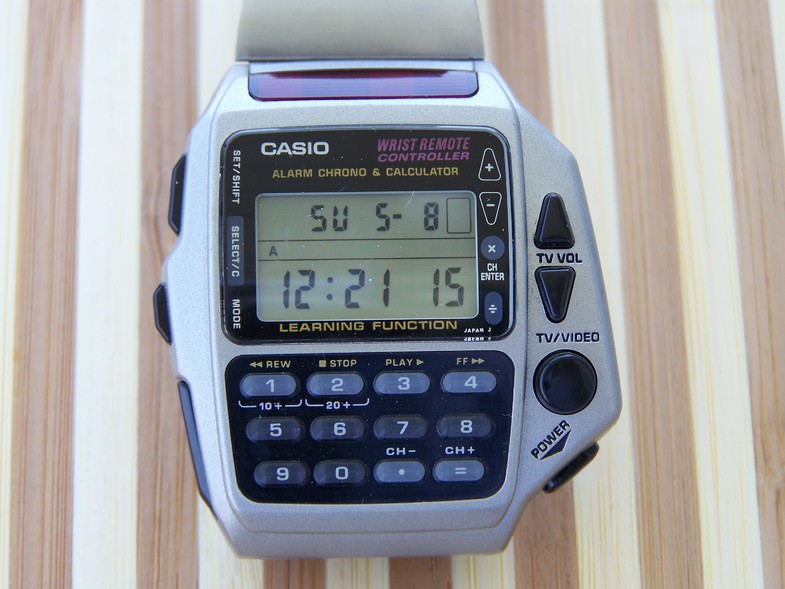
One of the pioneers in this area was Samsung, which made several attempts to create a market for watch phones and now produces smart watches as an addition to smartphones. The company made its first attempt to create a smart watch in 1999 by launching the Samsung SPH-WP10.
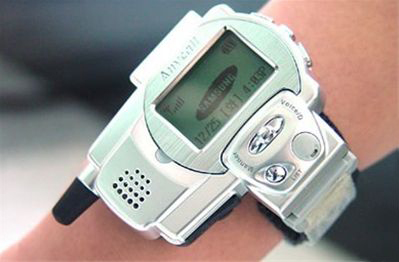
2000: IBM releases Linux Watch. Look weird, don't you find?
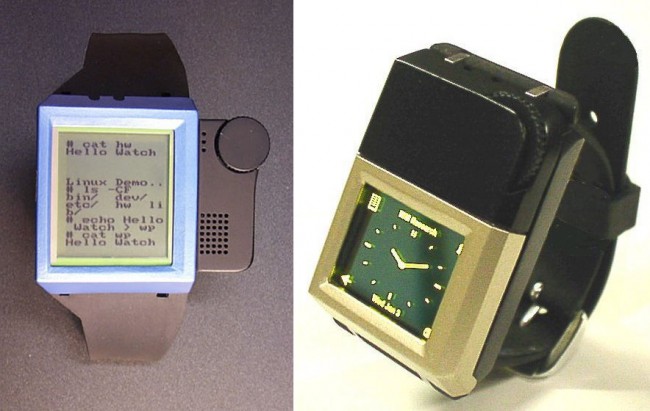
And in 2001, Samsung brought a new gadget with watch and phone functions to the CES exhibition in Las Vegas, which looks much more civilian and realistic than the previous version.

Bill Gates in 2003 introduced the watch with Smart Personal Object Technology - technology for household appliances and personal electronics.
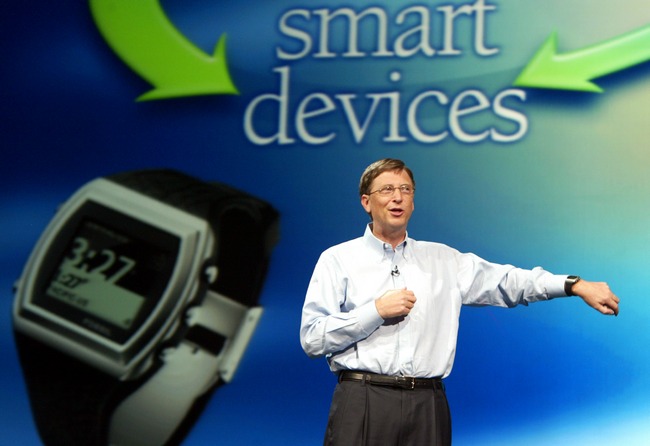
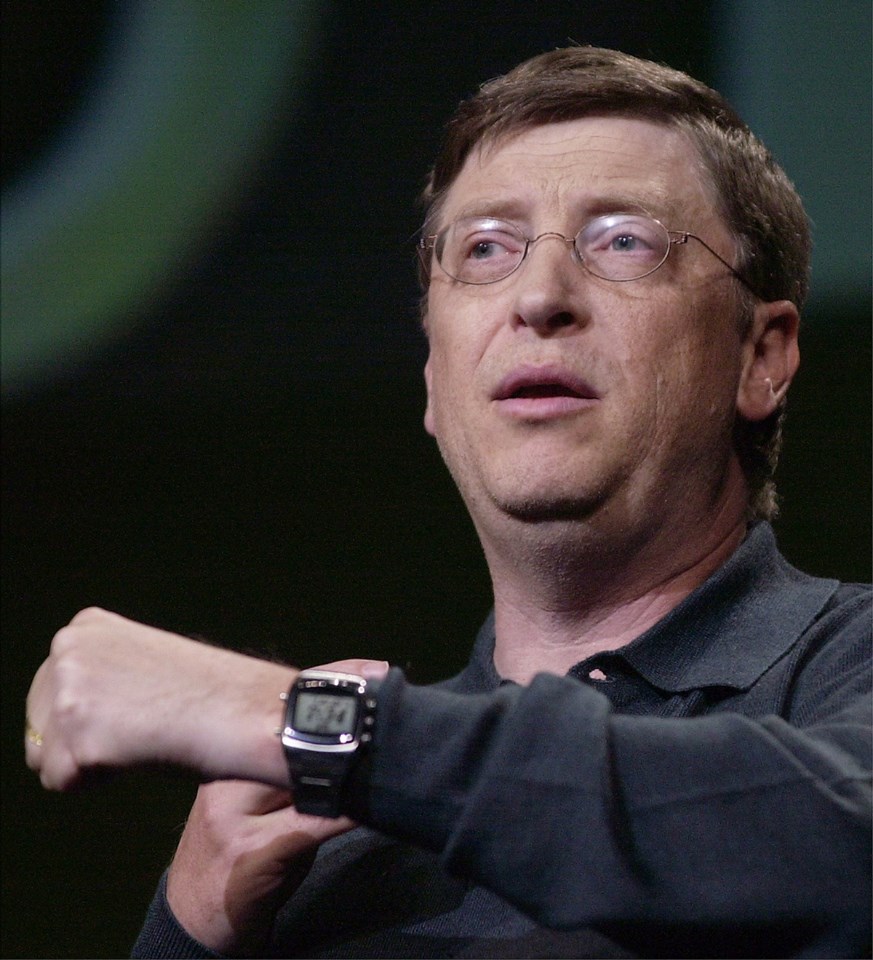
You can not miss the Fossil Wrist PDA running on Palm OS. They were available for sale in 2003-2005. The display is already 160x160 pixels.
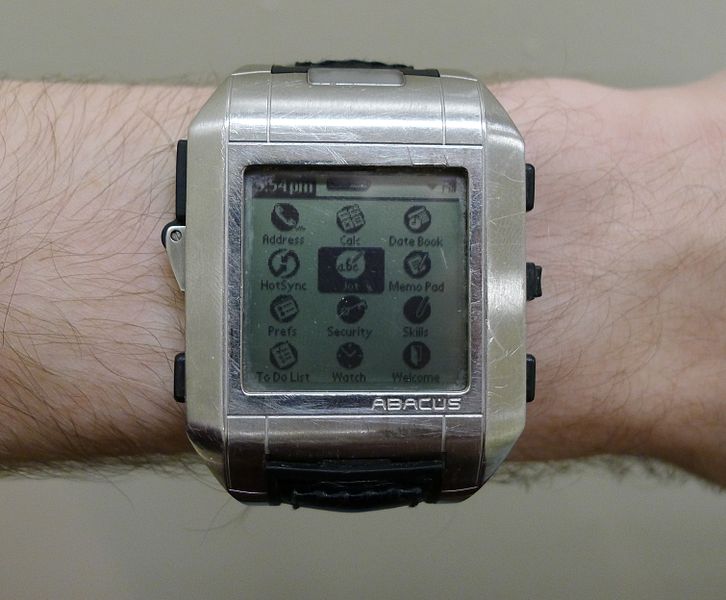
Samsung did not give up, and in 2009 the Samsung S9110 went on sale - again a mobile watch, but with a touch screen. Again the project was unsuccessful.
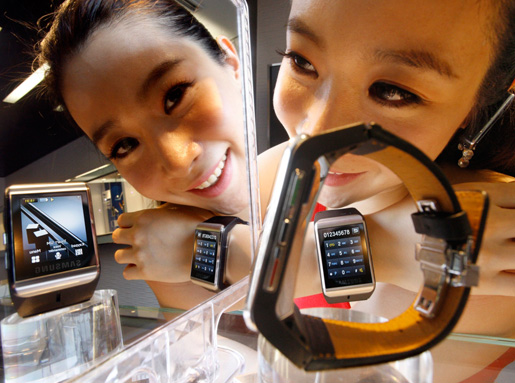
You can not ignore the clock with calculators. In this photo is a Casio Databank watch equipped with a keyboard. They can store addresses, phone numbers, notes up to 63 characters each; Information can be password protected. Alarm clock, stopwatch and more - is present. The battery lasts for two years.
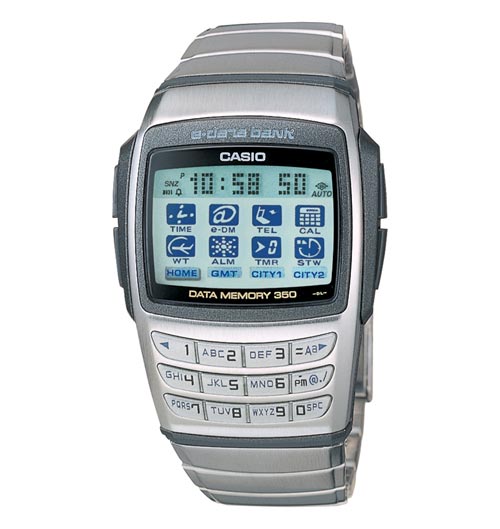
Sony Ericsson LiveView appeared in 2011. Texas Instruments eZ430-Chronos

Debug Kit- This is a full-fledged sports watch based on the CC430F6137 processor, having on board a wireless data transfer interface and many other useful goodies. The most unusual feature of this watch is the ability to completely change the firmware of the built-in microcontroller or upgrade the firmware used by default (both via physical connection to the clock board and wireless interface).
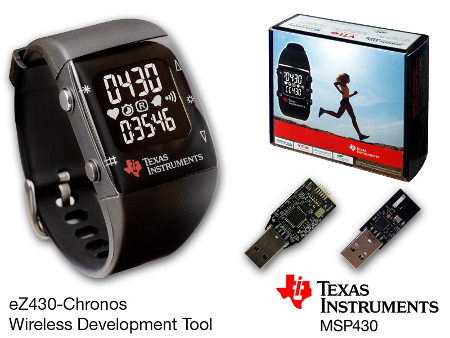
WIMM One - watch on Android, November 2011.
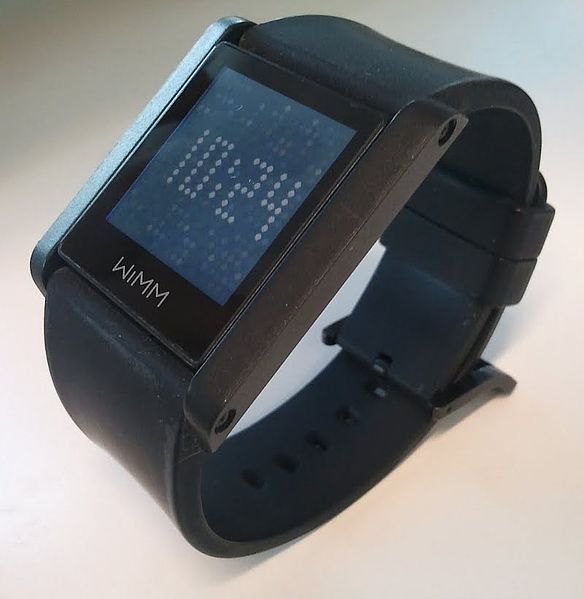
In 2011, Motorola launches a MOTOACTV sports watch on Android. They are equipped with a 600 MHz processor, 256 memory, 8/16 GB of internal storage, ANT +, BT 4, WiFi b / g / n /, GPS. This watch is an independent device, which was originally created as an addition to the smartphone on the android. Sony SmartWatch
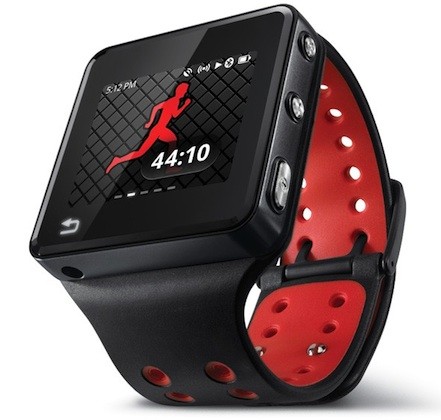
goes on sale in April 2012- continuation of LiveView.
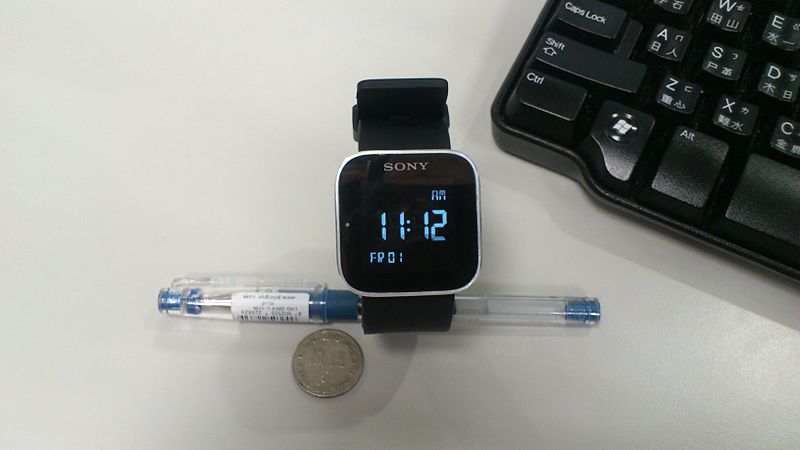
In May 2012, the Pebble project launched on Kickstarter received more than $ 10 million. This watch is distinguished by its Transflective LCD display, which saves battery power.
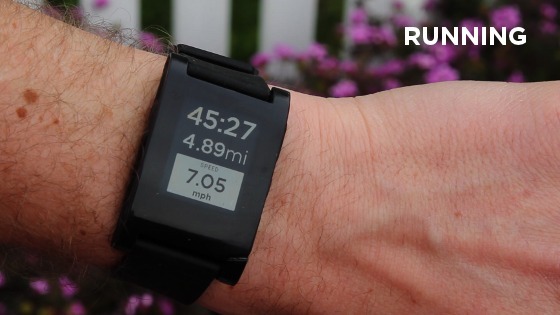
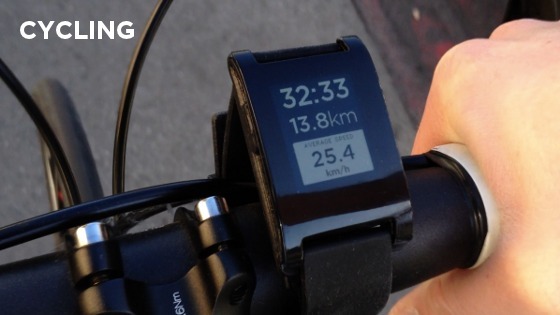
In June 2012, along with Sony Xperia Z, Sony introduced the next generation of its smartwatches - SmartWatch 2.

And at the end of last year, the Neptune Pine was launched on the same Kickstarter , which also scored a considerable amount - $ 801,000. One of the features of the watch is the ability to communicate via video.
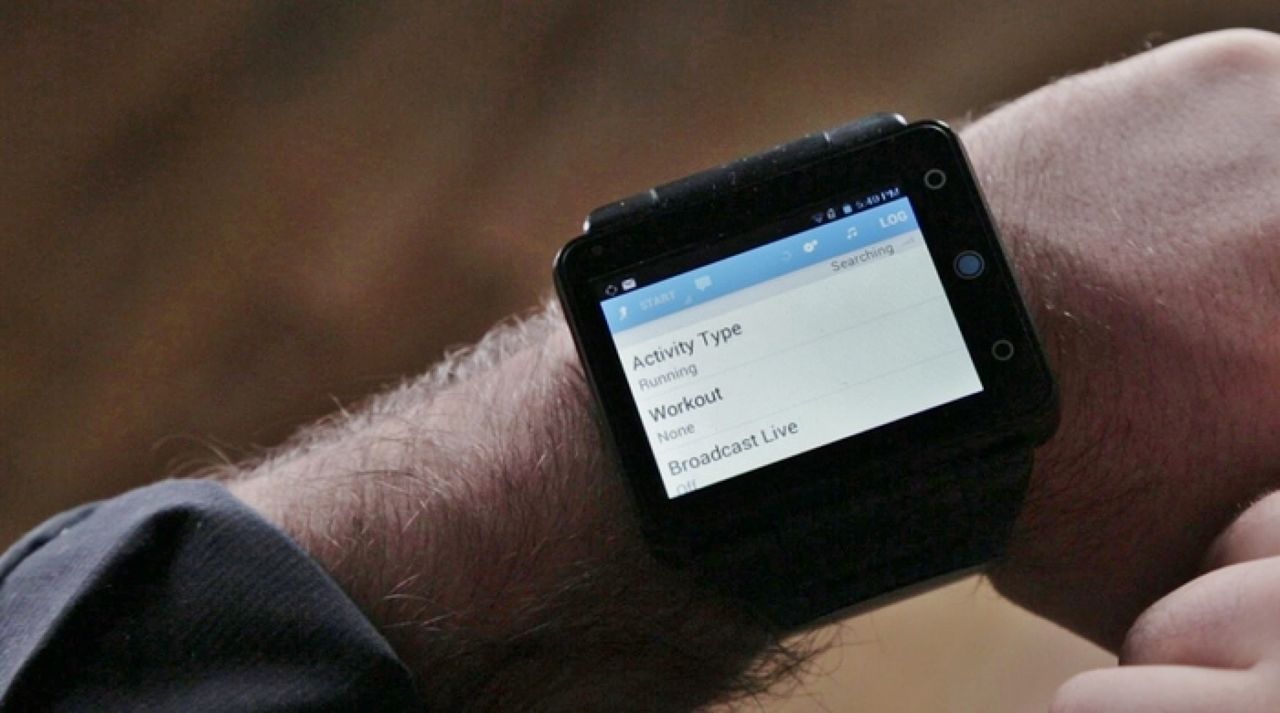
In October, Samsung again made an attempt to capture the market for these devices, introducing the world of Samsung Galaxy Gear . According to rumors, the next generation of this watch will have a flexible display.
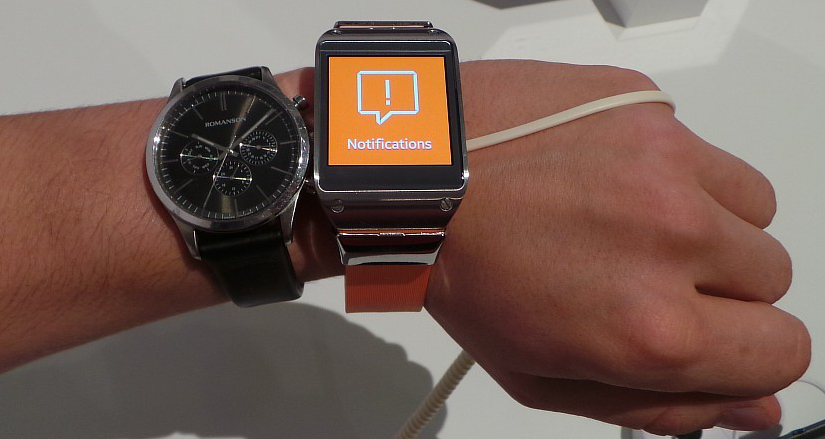
In 2013, Cokoo Watch, an analogue watch, also went on sale. The amount of information on them is small - they give out only alerts about tweets, letters, calls and SMS from your iPhone. But the clock hands will always work - they have a separate battery, which lasts for three years.

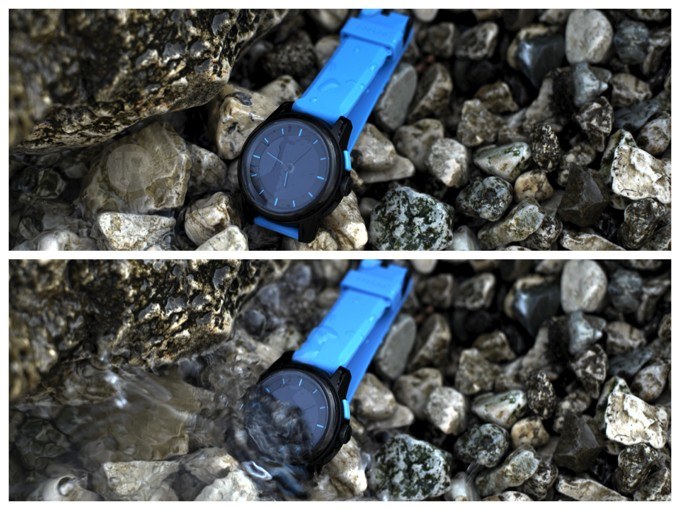
In September 2013, Qualcomm announced its own Toq smart watch. The watch works with Android, equipped with a Mirasol-display, and is charged wirelessly. Work for about a week without recharging.

An important question:
In what area does this type of gadget have a future?
Do you use them?
This is interesting:
And about watches - a detailed history of watches.
Old ads for cell phones and smartphones (from the 1980s to the end of the 2000s)
The history of personal computers in advertising. Part 1: 1970s
The history of personal computers in advertising. Part 2: 1980s
Advertising laptop computers 1980s and 1990s






It all started back in 1972, when the first Pulsar electronic watch appeared. Unless, of course, the beginning of this story can be considered the penetration of electronics into watches.

After ten long years, the Japanese (who else!) Produce watches with a docking station. It was possible to drive notes into them.

And this watch from Seiko - the RC-1000 Wrist Terminal - is already much closer to modern "smartphone partners" - it is a terminal for remote access to computers Apple, Commodore, IBM and others . It was 1984.Who knows how they used this watch - write details in the comments.

In 1985, the RC-20 Wrist Computer smartwatch about Epson (Seiko Computer Division) appeared. This is a gadget with a monochrome LCD 42 × 32 pixels, an 8-bit Zilog Z80 microprocessor, 2 KB of RAM and 8 KB of permanent memory. A good result for a device of this size almost thirty years ago.

Timex in 1994 launched the first Datalink watch. In the photo - Datalink model 50 (1994), Datalink USB sports edition (2003) and Ironman Triathlon (1997).

Casio's CMD-40 made it possible to control a TV, video player and stereo system.

One of the pioneers in this area was Samsung, which made several attempts to create a market for watch phones and now produces smart watches as an addition to smartphones. The company made its first attempt to create a smart watch in 1999 by launching the Samsung SPH-WP10.

2000: IBM releases Linux Watch. Look weird, don't you find?

And in 2001, Samsung brought a new gadget with watch and phone functions to the CES exhibition in Las Vegas, which looks much more civilian and realistic than the previous version.

Bill Gates in 2003 introduced the watch with Smart Personal Object Technology - technology for household appliances and personal electronics.


You can not miss the Fossil Wrist PDA running on Palm OS. They were available for sale in 2003-2005. The display is already 160x160 pixels.

Samsung did not give up, and in 2009 the Samsung S9110 went on sale - again a mobile watch, but with a touch screen. Again the project was unsuccessful.

You can not ignore the clock with calculators. In this photo is a Casio Databank watch equipped with a keyboard. They can store addresses, phone numbers, notes up to 63 characters each; Information can be password protected. Alarm clock, stopwatch and more - is present. The battery lasts for two years.

Sony Ericsson LiveView appeared in 2011. Texas Instruments eZ430-Chronos

Debug Kit- This is a full-fledged sports watch based on the CC430F6137 processor, having on board a wireless data transfer interface and many other useful goodies. The most unusual feature of this watch is the ability to completely change the firmware of the built-in microcontroller or upgrade the firmware used by default (both via physical connection to the clock board and wireless interface).

WIMM One - watch on Android, November 2011.

In 2011, Motorola launches a MOTOACTV sports watch on Android. They are equipped with a 600 MHz processor, 256 memory, 8/16 GB of internal storage, ANT +, BT 4, WiFi b / g / n /, GPS. This watch is an independent device, which was originally created as an addition to the smartphone on the android. Sony SmartWatch

goes on sale in April 2012- continuation of LiveView.

In May 2012, the Pebble project launched on Kickstarter received more than $ 10 million. This watch is distinguished by its Transflective LCD display, which saves battery power.


In June 2012, along with Sony Xperia Z, Sony introduced the next generation of its smartwatches - SmartWatch 2.

And at the end of last year, the Neptune Pine was launched on the same Kickstarter , which also scored a considerable amount - $ 801,000. One of the features of the watch is the ability to communicate via video.

In October, Samsung again made an attempt to capture the market for these devices, introducing the world of Samsung Galaxy Gear . According to rumors, the next generation of this watch will have a flexible display.

In 2013, Cokoo Watch, an analogue watch, also went on sale. The amount of information on them is small - they give out only alerts about tweets, letters, calls and SMS from your iPhone. But the clock hands will always work - they have a separate battery, which lasts for three years.


In September 2013, Qualcomm announced its own Toq smart watch. The watch works with Android, equipped with a Mirasol-display, and is charged wirelessly. Work for about a week without recharging.

An important question:
In what area does this type of gadget have a future?
Do you use them?
This is interesting:
And about watches - a detailed history of watches.
Old ads for cell phones and smartphones (from the 1980s to the end of the 2000s)
The history of personal computers in advertising. Part 1: 1970s
The history of personal computers in advertising. Part 2: 1980s
Advertising laptop computers 1980s and 1990s
